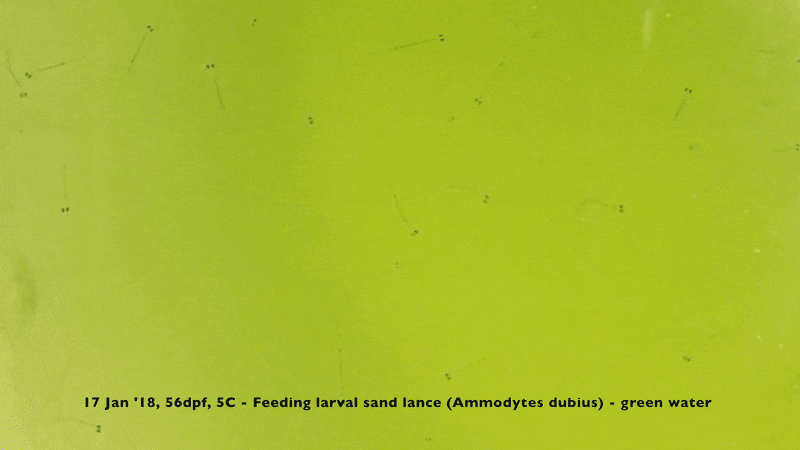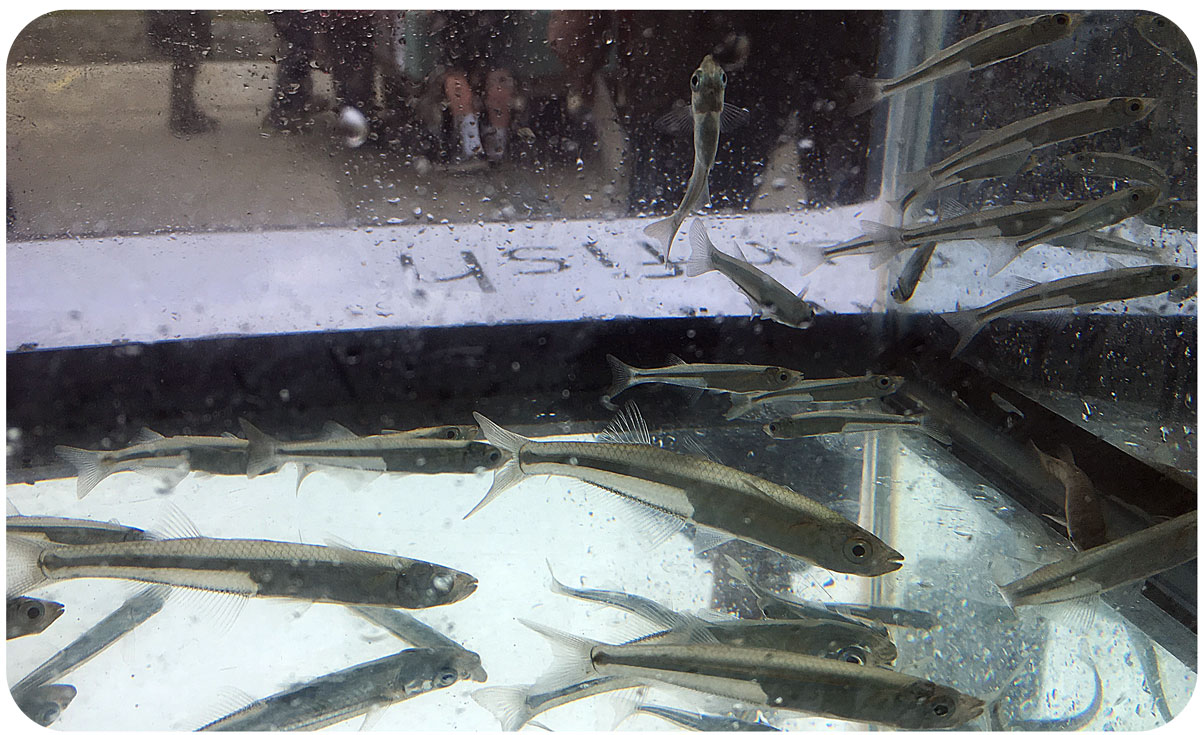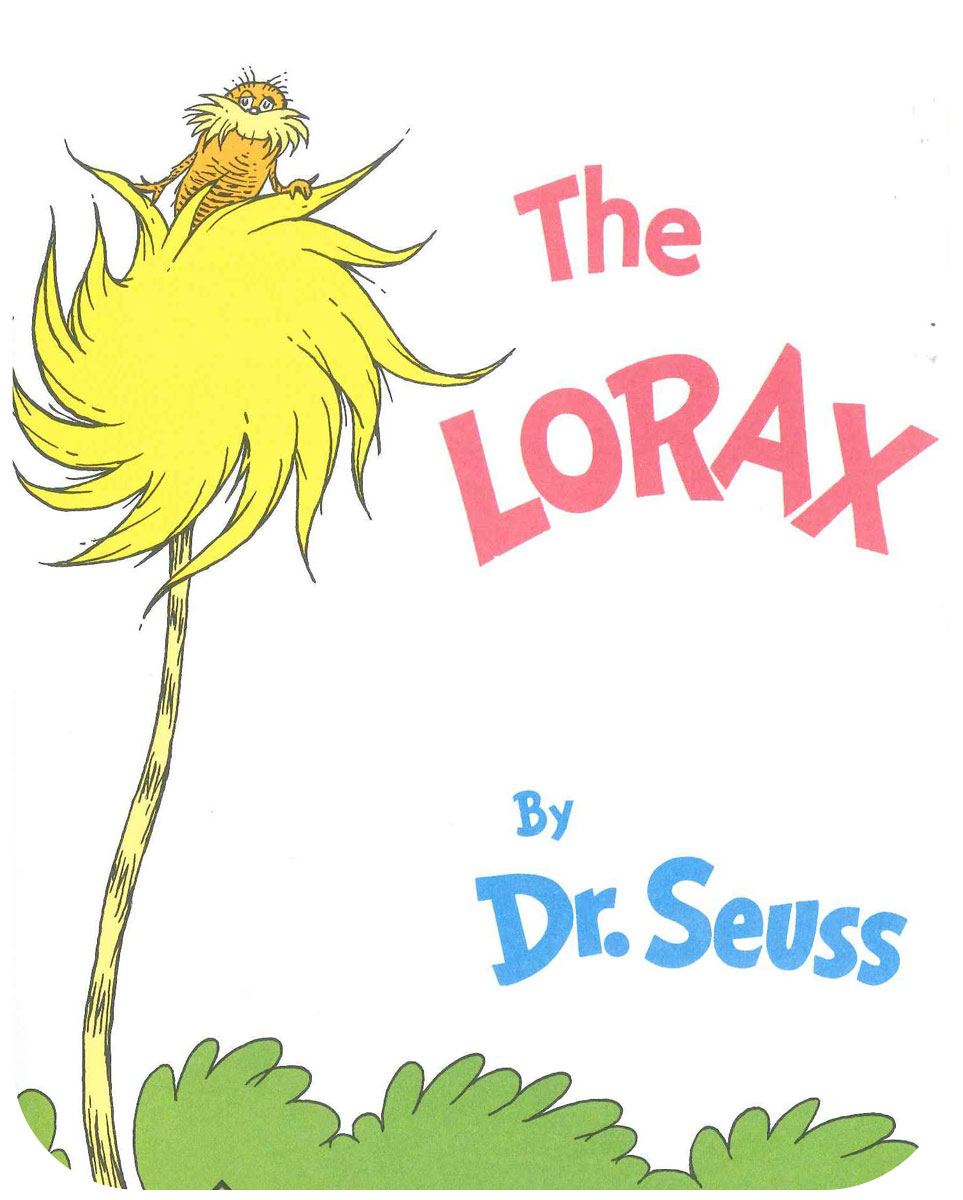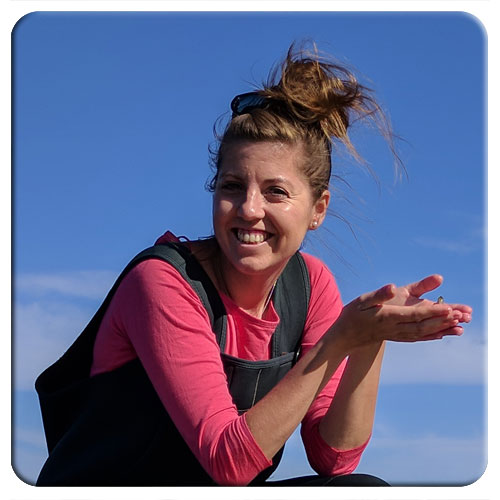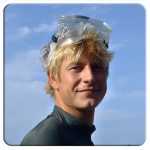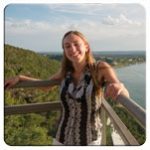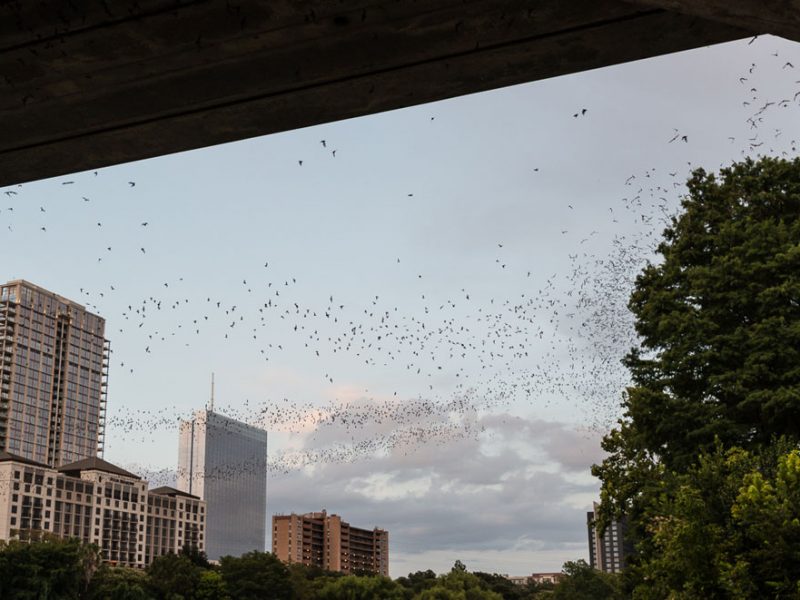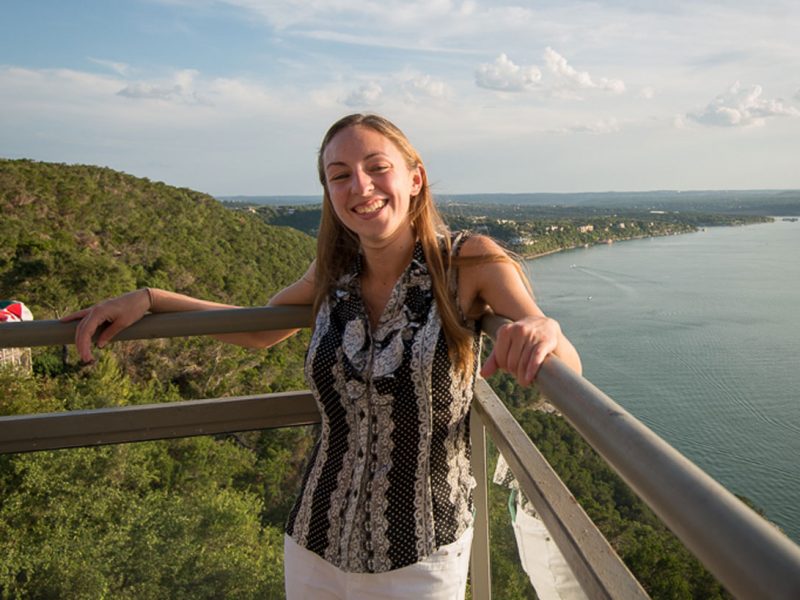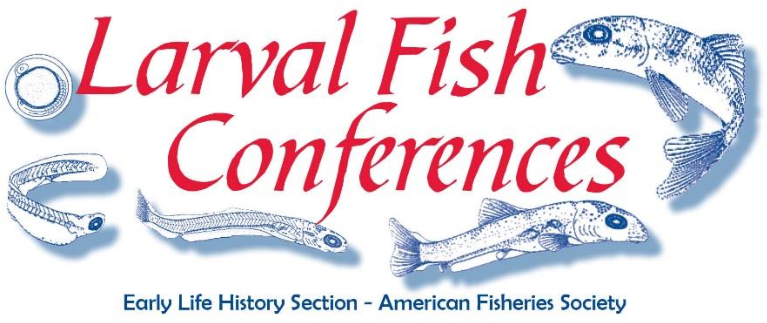17 January 2018. Since November 2017, we have ongoing experiments with offspring of Northern sand lance (Ammodytes dubius), a winter-spawning forage fish of ecological importance along the North-American Atlantic coast. The clip below shows larvae almost two months after fertilization, developing nicely in 5C water and feeding actively on live rotifers. The experiments, led by Chris Murray for his PhD research, study the CO2 sensitivity of this species in our factorial larval rearing system. To our knowledge, this is the first time that this particular species has been reared that far under experimental conditions. Have a look!
